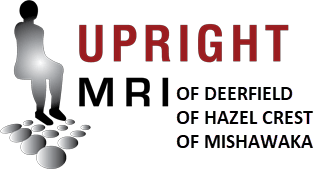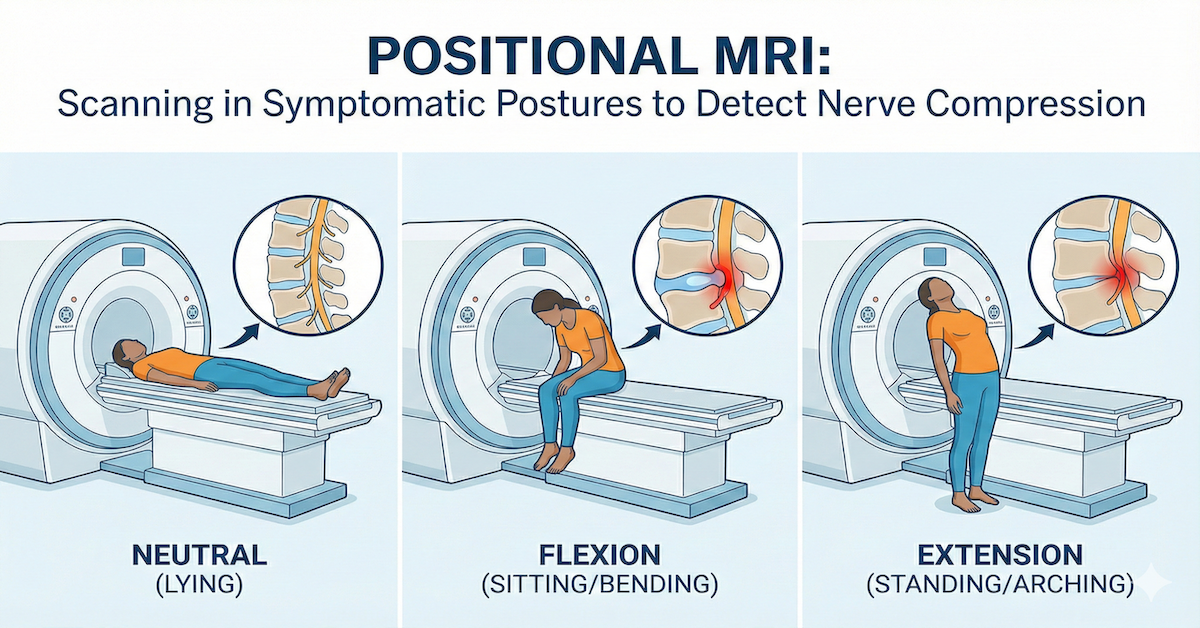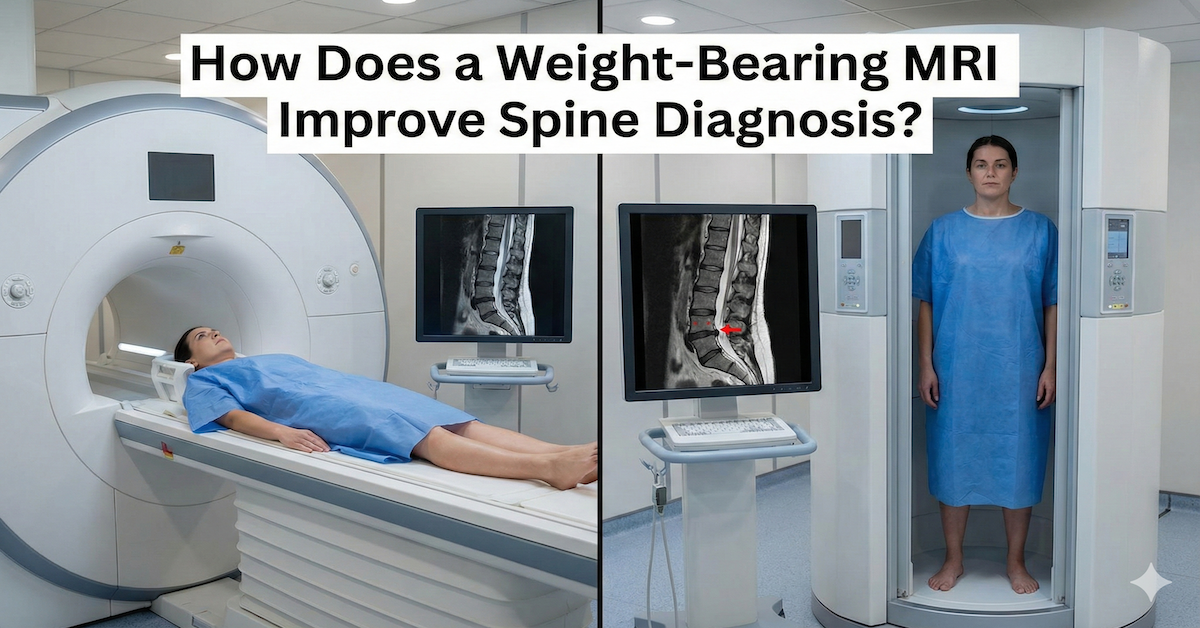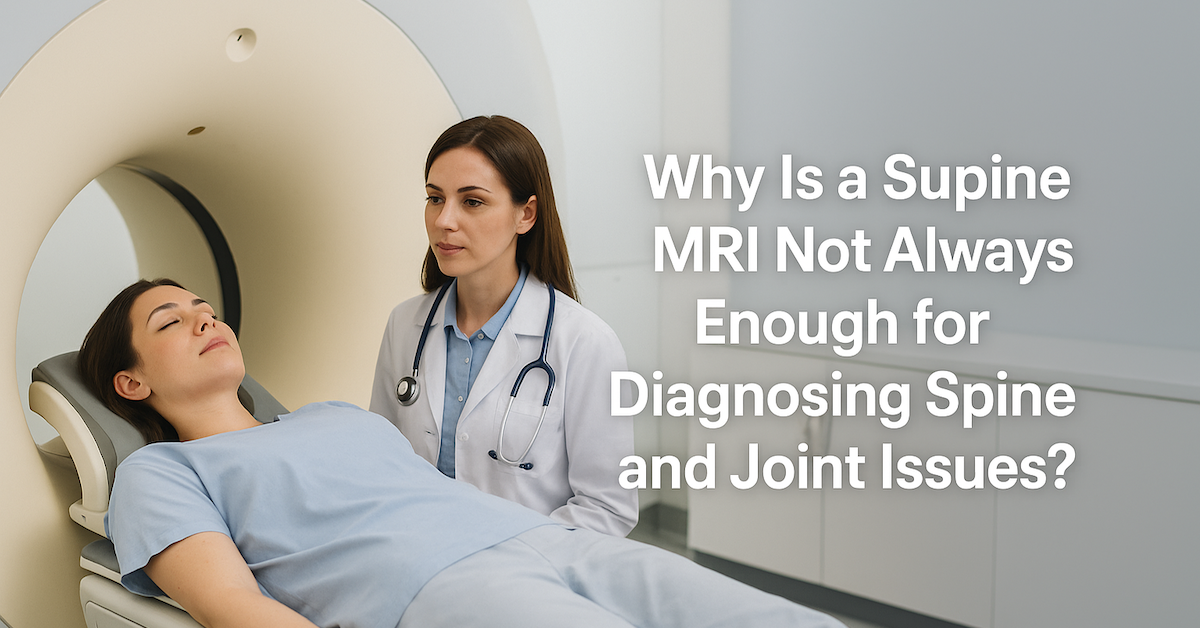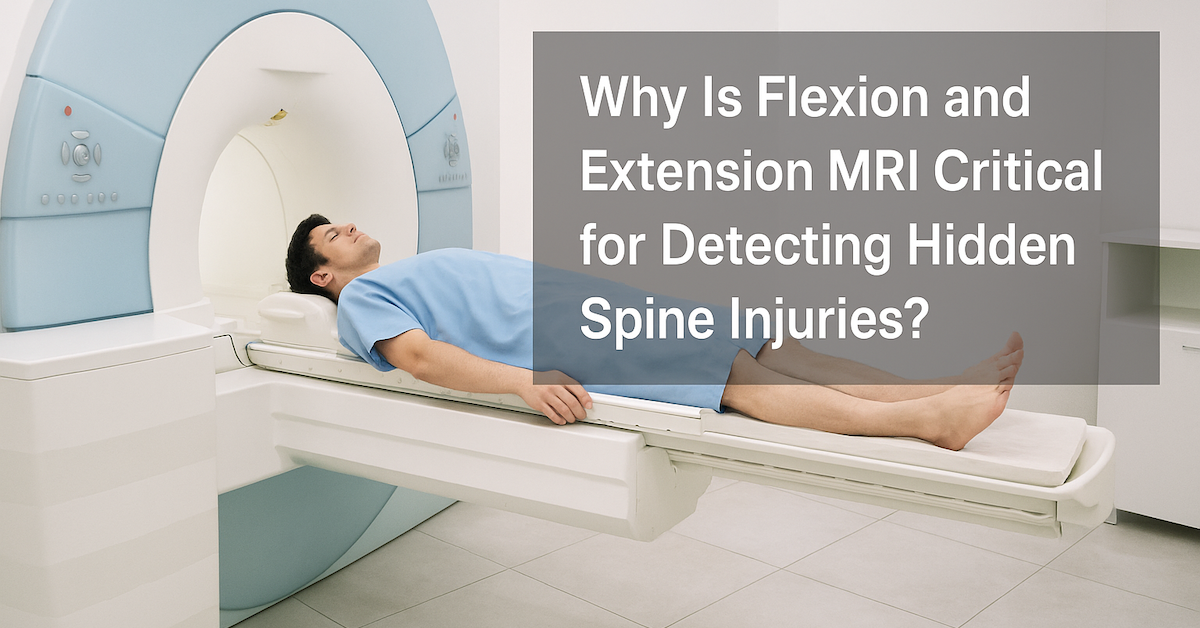Evaluation: Open Upright MRI versus other MRIs
Not all MRIs are made equal. In general, there are three main MRI types that patients can choose from: closed, open and upright.
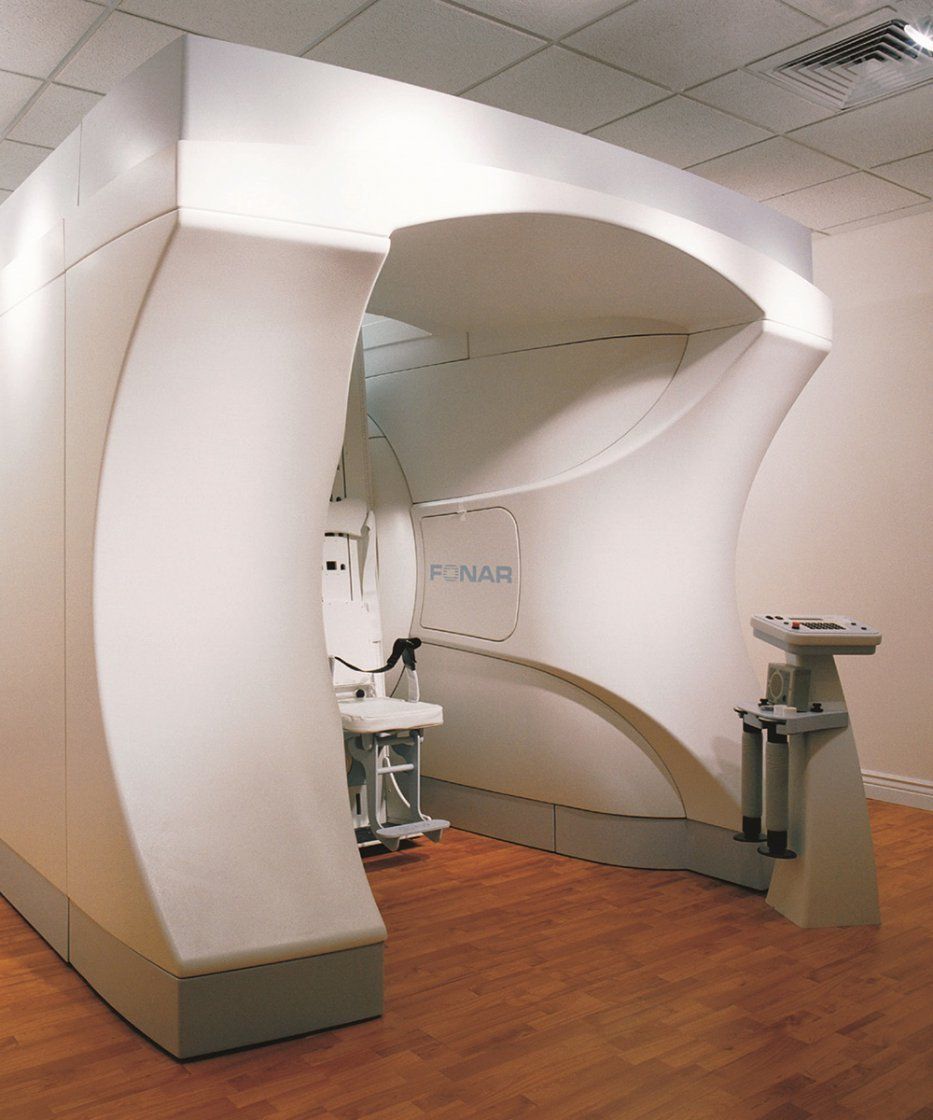
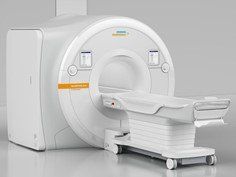
While these MRIs typically have very strong magnets that create high-quality images, they are also known for being more of an uncomfortable experience. Especially for patients who are claustrophobic, sensitive to loud noises or very large, this type of MRI can be particularly distressing. Since it is a completely enclosed tube, it can get pretty tight in there, and the sounds are often described as a noise similar to loud rattling trash bins.
Since the creation of the closed MRI, researchers have taken into account these issues and developed different MRI options for patients.
Open MRI:
Instead of being enclosed in a tube, open MRIs offer a less confined experience by being open on two or three sides. The open MRI is used to accommodate claustrophobic or very large patients and don’t completely surround your body.
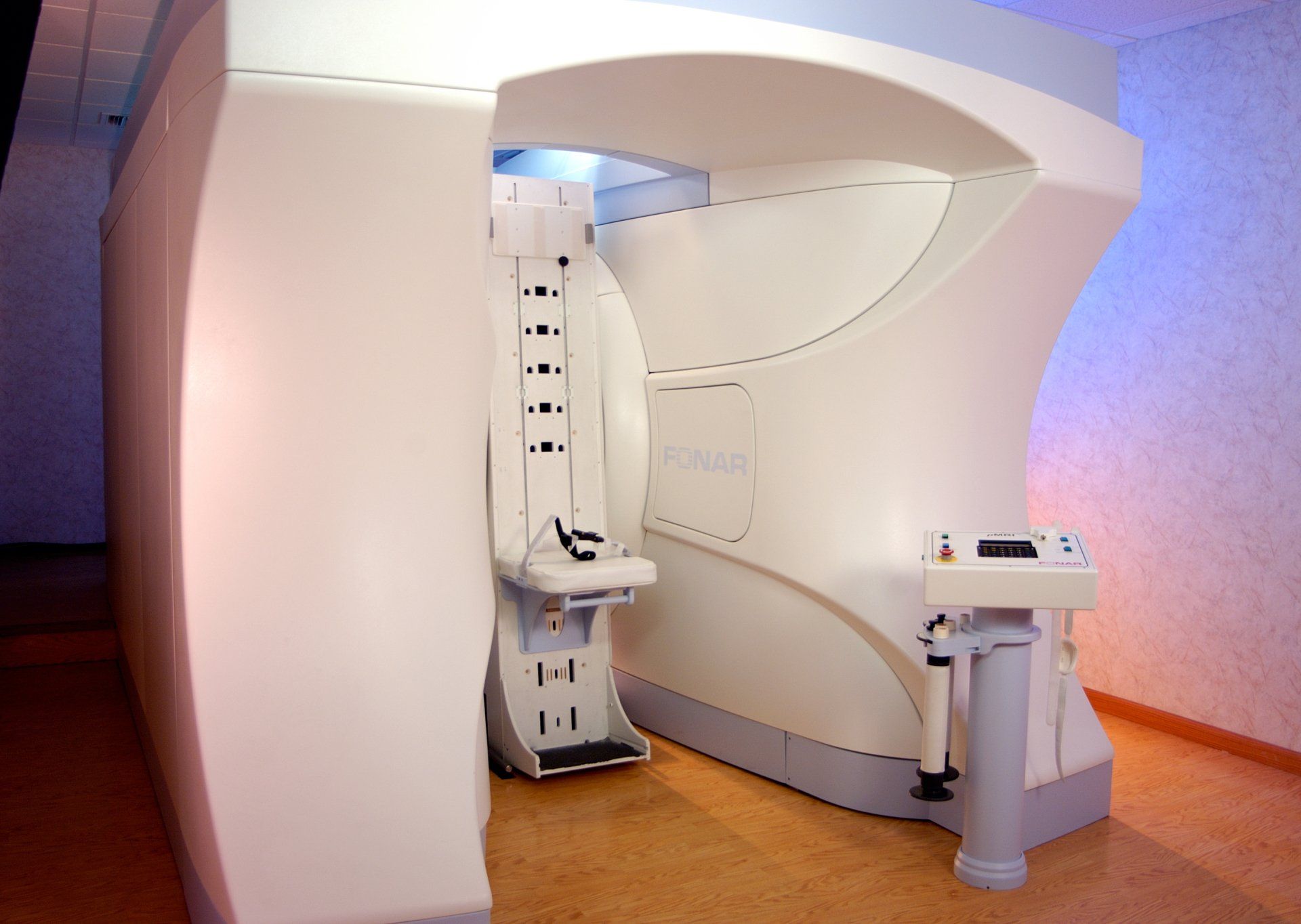
While open MRIs are a great solution for these issues, patients should do their research to make sure the open MRI is what they think it is. While some are called “open”, they are only open on a couple sides and oftentimes patients have noted they feel like open MRIs can be a misleading experience.
Upright Open MRI at Upright MRI of Deerfield:
The Fonar Upright Multi-Position MRI is what Upright MRI of Deerfield (UMD) uses, which is considered the world’s most “patient-friendly MRI”. It is essentially a combination of the upright and open MRIs, with the exception that it is the only true completely “open” MRI out there and can positions patients in any way, rather than just standing or lying down.
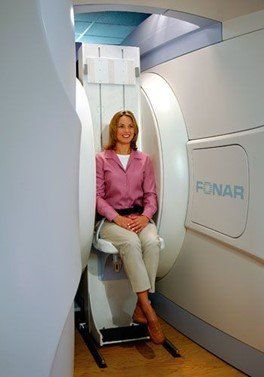
- Truly open: Unlike other “open” MRIs that are only partially open, there is nothing in front of the patient’s face blocking their view from the door of the room, and they can watch TV during the MRI scan. This is why our patients have commended UMD in testimonials-some have noted they have gone to other open MRIs and still felt claustrophobic and came to UMD and felt completely comfortable.
- Multi-position: While the Fonar Upright Multi-Position MRI has received overwhelmingly high amounts of positive responses for the fact that it is completely open, Fonar considers the fact that it can position patients in several different position its most important feature. This MRI can position patients in any position, including standing, sitting, bending or lying down.
- Better images: What makes this MRI even more dramatically different than most MRIs is that is has a much stronger magnetic field than most other open MRIs at .6 Tesla (most open MRIs operate at .3 Tesla). Why should you care as a patient? To put it simply, many equate the magnetic field strength to the quality of the image – the stronger the magnetic field, the higher quality is for the image.
- More accuracy: According to American Health Imaging, upright MRIs can also often be more accurate than traditional closed MRIs because the MRI can get images of what’s happening to your body when you are in a weight bearing state.
At Upright MRI of Deerfield, we use the Fonar Upright Multi-Position MRI in order to best fit our patients’ needs. Many have noted they have tried other open MRIs and weren’t satisfied with the experience because it still felt confined, and then came to us and commended the patient-friendly MRI and helpful staff.
For a stress-free, truly open MRI experience, call us or go to our website here to learn more.
SHARE THIS POST:
Leave a Comment:

The World's Most Patient-Friendly MRI. A comfortable, stress-free, and completely reliable MRI scan. We offer patients an open, upright, standup MRI experience that helps those who are claustrophobic and stress being in a confined area. Upright MRI of Deerfield is recognized as the world leader in open MRI innovation,
Our Recent Post
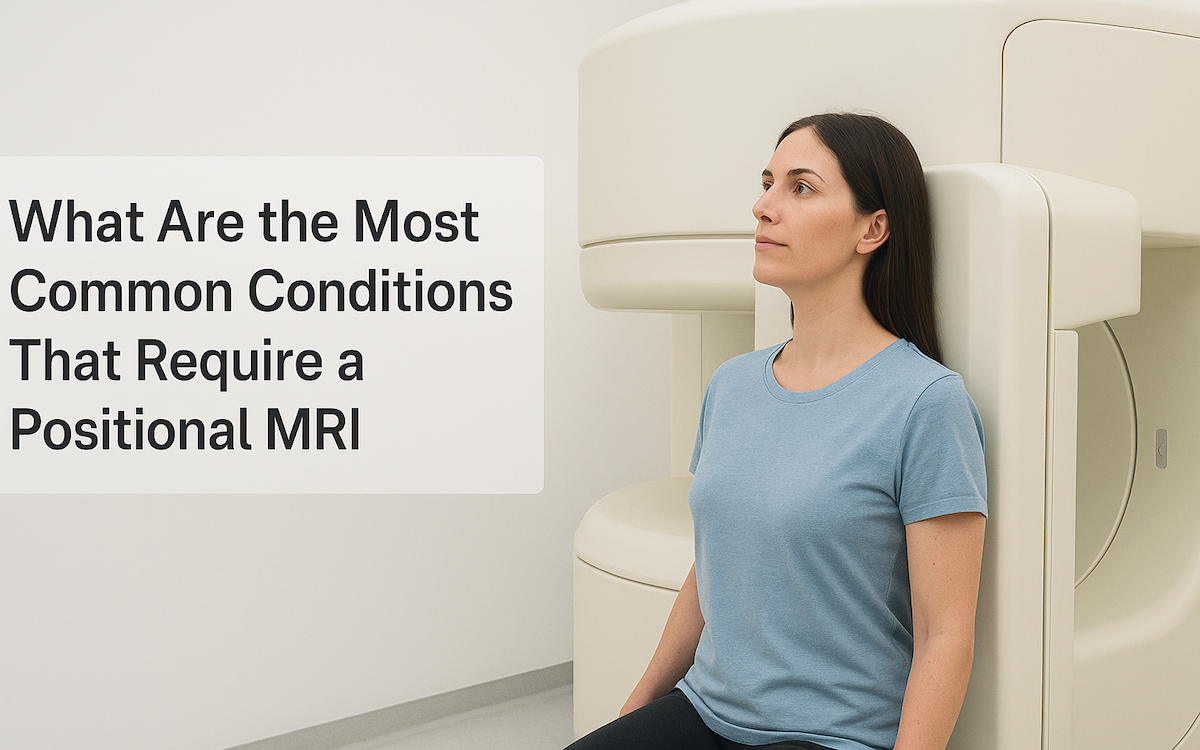
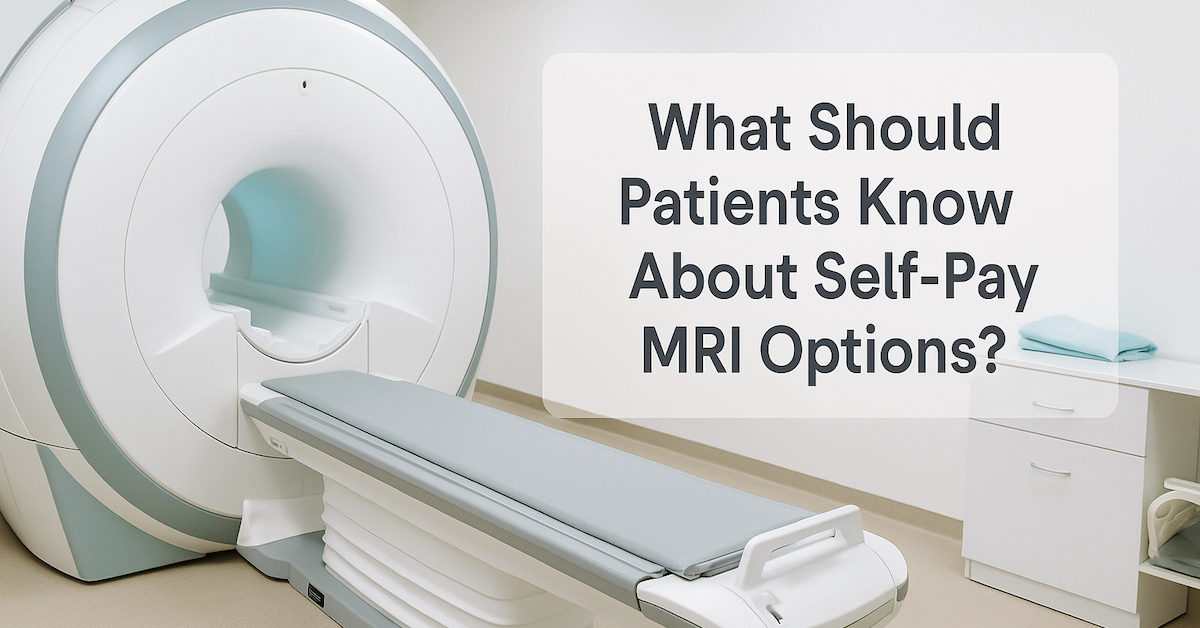

READ PATIENT TESTIMONIALS
Upright MRI of Deerfield.
Susan D.,
Highland Park, 39
I am going to tell everyone about your office! This was a great experience after I panicked in other MRI machines and had to leave. Thank you so much.

Judith B.,
Milwaukee, 61
I suffer from vertigo and other MRIs do not work. This was wonderful…absolutely NO discomfort at all. The MRI was so fast…I wanted to stay and watch the movie! Mumtaz was great. His humor really put me at ease. I’ve already recommended Upright MRI to friends.

Delores P.,
Glencoe, 55
Everything is so nice and professional with your place. I have been there a couple of times. My husband and I would not go anywhere else.

